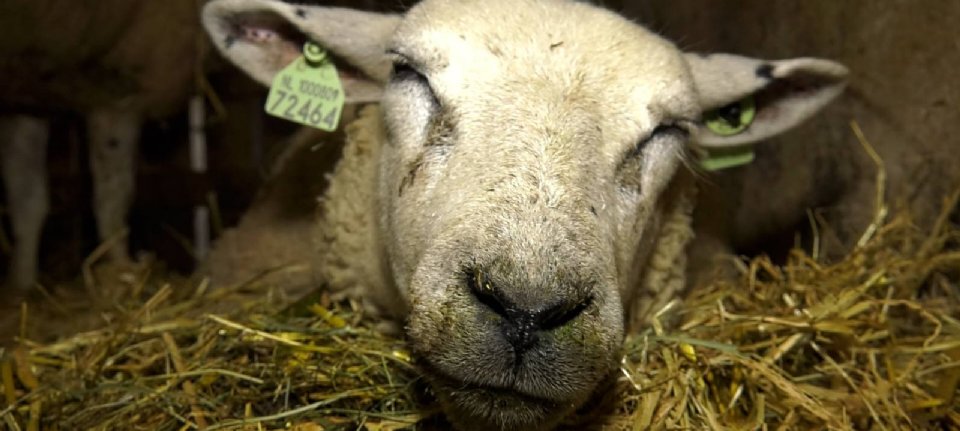The bluetongue virus is said to have come to the Netherlands on a train that transports household waste from Italy to Amsterdam. This is what Sieta van Keimpema of Farmers Defense Force suggests. However, the virus type prevalent in the Netherlands is not the same as the Italian type and the Dutch type is also transmitted by Dutch midges, say bluetongue experts Melle Holwerda and Piet van Rijn of Wageningen Bioveterinary Research.
The variant of the bluetongue virus (BTV) that is circulating in the Netherlands is a serotype 3, just like in Italy, but this variant differs from the serotype 3 that was previously found in Sicily, for example. The virus that is present in the Netherlands is also not the same as BTV-3 that is present in Israel, for example. The experts determined this using whole genome sequencing, which looked at the complete genetic information of the bluetongue virus. This shows that these three variants of BTV-3 are clearly genetically distinguishable from each other. It is therefore unlikely that BTV-3/NET2023 (= the Dutch virus variant) originated in Italy or Israel.
Secondly, Holwerda and Van Rijn argue that the bluetongue virus found in the Netherlands is transmitted by midges that naturally occur in the Netherlands.
No clear origin can be determined
As with the bluetongue outbreak from 2006 to 2008, a clear origin of the virus has not yet been established. According to the experts, the question is whether that will succeed. According to them, any reference to any origin or route of introduction therefore remains purely speculative
In addition to train traffic, there is much other international transport to and from the Netherlands, of animals and animal products, plants (products) and people and of empty return freight. These are all potential possibilities, but none of them can be conclusively proven to be the route that explains the current bluetongue outbreak in the Netherlands.
Research by Wageningen Bioveterinary Research, part of Wageningen University & Research and Royal GD, shows that the first four cases of bluetongue must really have been the first outbreaks. Before that time, bulk milk research – cattle also quickly become infected with the bluetongue virus – found no indication of the presence of the bluetongue virus in the Netherlands. It is not possible to determine which of the four was the first. It is clear that from these first four cases the bluetongue virus has spread throughout the Netherlands.
2023-10-23 12:57:00
#Bluetongue #Italy #train


/nginx/o/2023/10/24/15675458t1h466d.jpg)